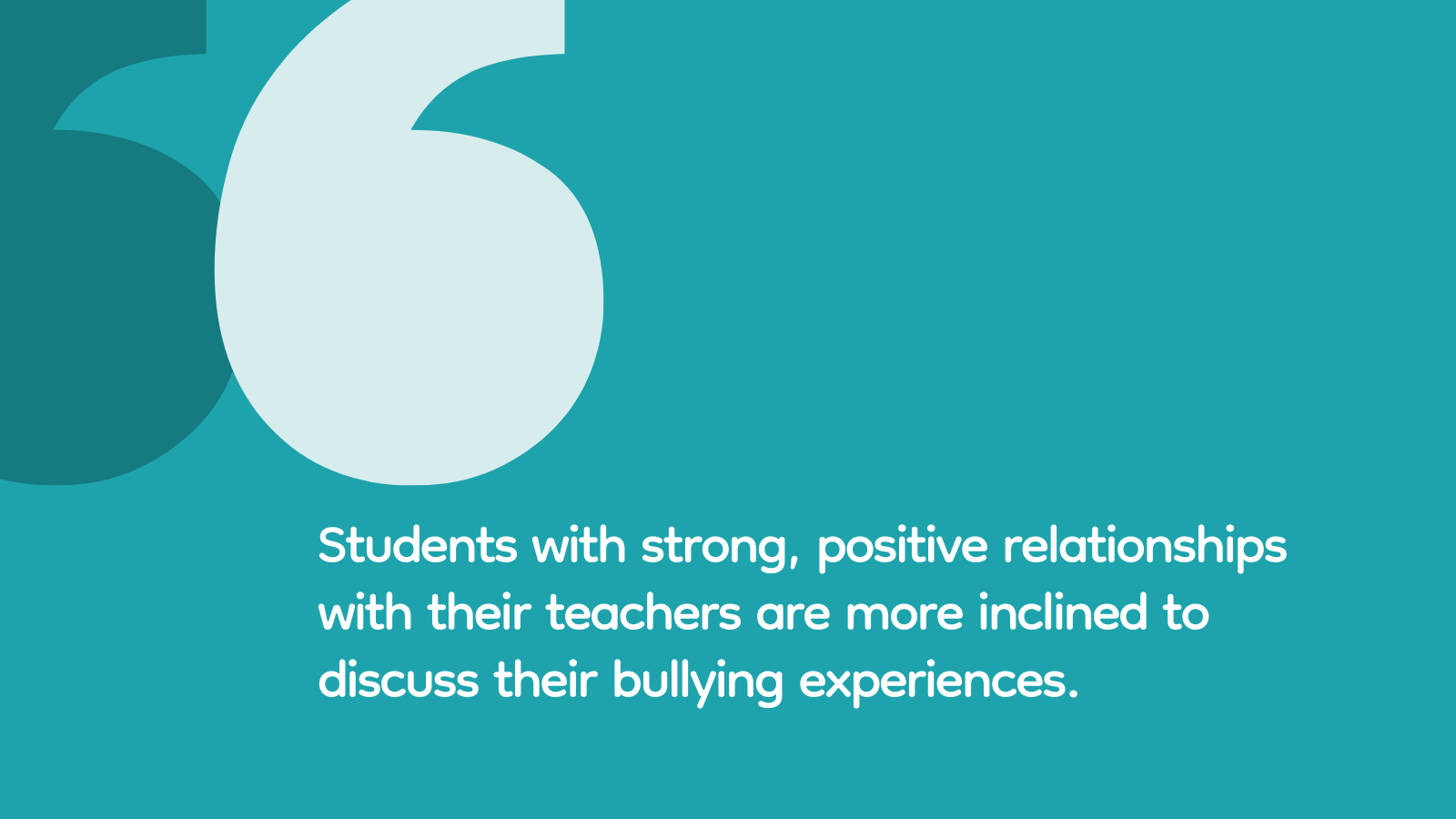

Every teacher understands that the intricate interactions within a classroom can often mask the silent battles some students face with bullying. Despite our efforts, we deeply hope that bullying victims feel safe enough to seek our support when they need it most. Our role is not just to educate but to provide a safe environment where every student can voice their troubles without fear of judgment or repercussion. Understanding these challenges, a recent study explores why not all victims choose to share their experiences with their teachers. Their findings highlight the differences in roles of direct and indirect bullying and the quality of student-teacher relationships.
Quality of student-teacher relationships and bullying type influence student disclosure
This study showed that the nature of the bullying and the quality of the student-teacher relationship significantly influence whether students disclose their experiences of being bullied. Direct bullying is overt and occurs in the physical presence of the victim. This can include physical aggression, verbal abuse, intimidation, or public humiliation. Indirect bullying is more subtle and often occurs without the direct knowledge of the victim. These incidents are harder for teachers to catch and can include social exclusion, spreading rumors, manipulating social relationships, and cyberbullying. Here are more specifics on the researchers’ key findings.
Key findings from Bjereld et al. (2024):
- Indirect bullying is reported more than direct bullying. Students are more likely to report indirect bullying, which includes covert actions like spreading rumors or social exclusion.
- Greater disclosure in supportive relationships. Students with strong, positive relationships with their teachers are more inclined to discuss their bullying experiences with them.
- Indirect bullying is often unreported. Despite indirect bullying being reported more than direct bullying, teachers less frequently notice indirect bullying without student reports due to its subtle nature.
- Impact of bullying on relationship quality. The ongoing experience of bullying and how teachers handle reports of bullying can either strengthen or weaken student-teacher relationships.
- Challenges in handling indirect bullying. Teachers often find it more challenging to recognize and address indirect bullying compared to direct, physical bullying.
Can we trust this research?
Not all research is created equal! Here’s what our We Are Teachers “Malarkey Meter” says when it comes to this publication, based on four key factors.
- Peer-reviewed? Several rounds of peer review have critically evaluated the methodology and findings of this study.
- Sample size: There were a total of 1,091 students included in the quantitative survey phase, and 20 students participated in qualitative interviews. Twenty is a large number for interviews, and over 1,000 is plenty of statistical power!
- Trustworthy sources: This study was conducted by reputable researchers (Ylva Bjereld, Robert Thornberg, and Jun Sung Hong) in the field of educational psychology. This is also published in the respected academic journal Teaching and Teacher Education.
- Methodology: The sequential explanatory mixed-methods design combines quantitative data with detailed qualitative interviews to deepen understanding of the statistical findings. Personally, I put a lot of weight in mixed-methods findings because the numbers can only describe a situation to a certain extent. The words and quality of students’ individual lives highlight reasons why the numbers are describing situations. Mixed methods isn’t everyone’s favorite methodology, but it is excellent for working with schools!
What does this mean for teachers?
This research underscores the role teachers play in both preventing and intervening in bullying incidents. By fostering open, supportive relationships, teachers can encourage students to come forward about bullying, which is necessary for effective intervention. Plus, teachers need to understand the differences between direct and indirect bullying to help develop more targeted strategies to address bullying in all its forms. Dr. Bjereld shared with the We Are Teachers team that “Bullying victims are more likely to report bullying when they trust their teachers, especially indirect bullying, which is harder for teachers to detect on their own.”
Ultimately, this study highlights the essential link between student-teacher relationships and effective bullying intervention. Teachers who cultivate a supportive and empathetic classroom environment not only empower bullying victims to speak up but also enhance the overall school experience by addressing bullying proactively. Recognizing the signs of both direct and indirect bullying, and responding with genuine support, can impact a student’s willingness to disclose and a teacher’s ability to help effectively. This approach not only mitigates the effects of bullying but also strengthens the educational community as a whole. Building strong relationships with students is more than just about the learning outcomes!